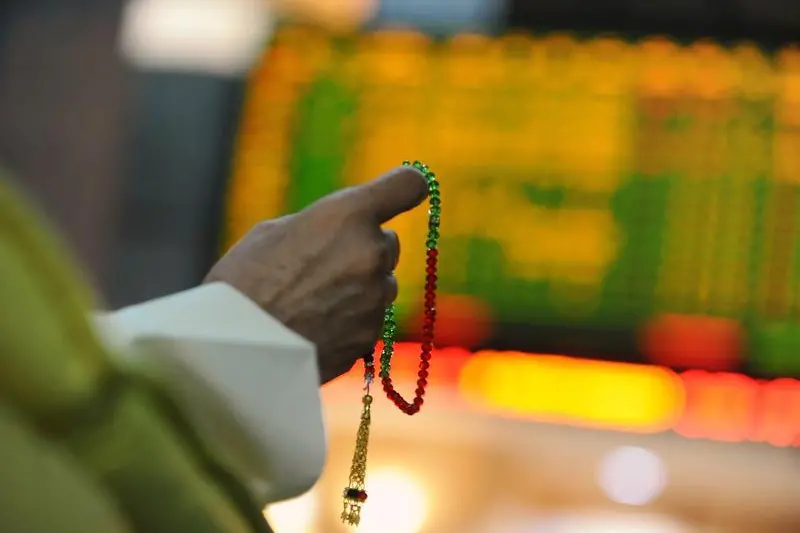PHOTO
Wednesday, Apr 12, 2017
Dubai
Saudi Arabia saw bids of $33 billion (Dh121.11 billion) for its record-breaking debut sukuk issue, sources said on Wednesday, witnessing robust response from yield-seeking investors.
The issue size of the sukuk could likely be $8 billion, spread across $4 billion each for the 5 year and 10 year tranche, after the kingdom successfully raised $17.5 billion in October last year.
“In terms of initial demand, we were expecting it to be very strong. There is a lot of liquidity among investors that have rating constraints like Islamic banks, or large investors in Malaysia like Khazana, so they would find this issue attractive,” Abdul Kadir Hussain, head of fixed income asset management at Arqaam Capital, told Gulf News.
In terms of pricing, analysts say the sukuk was fairly priced or a little cheap compared to where conventional bond is.
The sukuk was priced at 100 basis points over mid-swaps for the 5-year tranche, and 145 basis points over mid-swaps for the longer dated issue, which was lower than the previous guidance, but wider than conventional bonds. The bond will be priced later on Wednesday.
“The yield on Saudi sukuk is likely to be attractive on relative value basis, which would appeal to the yield hungry international investor,” said Anita Yadav, Senior Director, Global markets and treasury at Emirates NBD.
Largest
“This is one of the largest dollar sukuk ever, and that is changing the paradigm of the market to some extent and I think the success of it would determine how deep, broad and wide the market can be,” Hussain said.
Analysts expect larger institutions like Aramco, SABIC to take advantage and come the market. “Beside the sovereign, we expect large government related entities such as SECO or Aramco to also tap the international bond market this year,” Yadav said.
On an yearly basis, Emirates NBD expects $20 billion worth of issuance from Saudi Arabia including issues from the government, and state-run enterprises, banks and corporates.
“We expect bond/sukuk issuance to remain elevated at around or higher than last year’s $72 billion mainly because of governments’ willingness to use debt funding and preparedness to manage debt is higher now,” Yadav said, referring to the GCC.
In addition, rising interest rates may prompt issuers to front-load their needs.
By Siddesh Suresh Mayenkar Senior Reporter
Gulf News 2017. All rights reserved.












